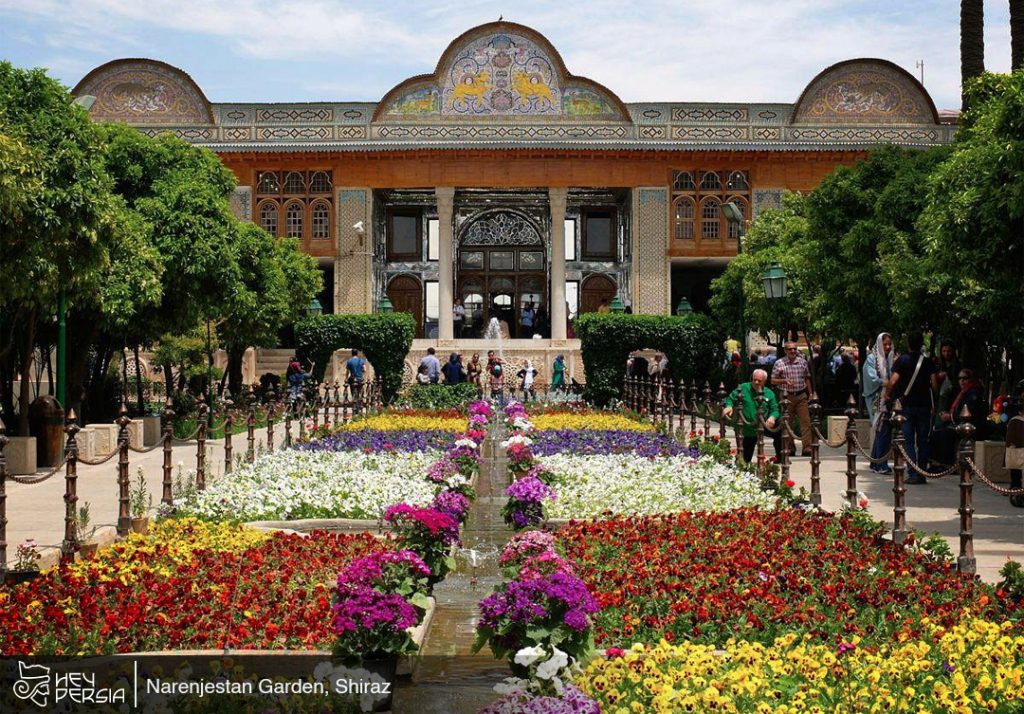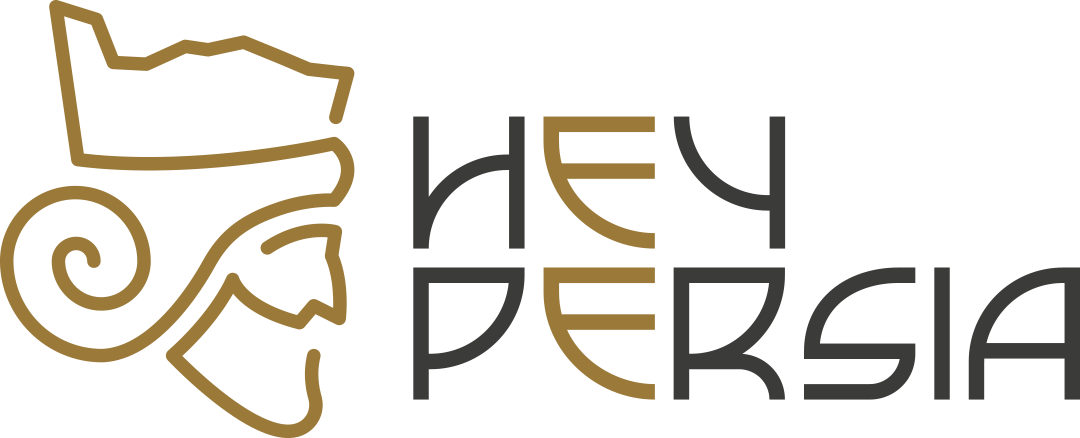Kolah Ghazi Park in Iran and Wildlife Sanctuary is considered one of the scenic spots of Isfahan province. This area of 50,911 hectares was used as a royal hunting ground since the Safavid period. It is enough to visit the book “History of Masoudi” written by “Masoud Mirza Zal al-Stan” the eldest son of Naser al-Dan Shah Qajar; To realize its glory. If you would like to know more about the 51,000 hectares area of Kolah Ghazi, join us on the Hey Persia blog.
Where is Kolah Ghazi National Park and Wildlife Sanctuary?
Kolah Ghazi Park is located 36 km southeast of Isfahan city and the easiest way to reach it is the Isfahan-Shaherza road. Its natural landscape consists of mountains, steep, high cliffs and wide and flat plains.
Kolah Ghazi National Park wildlife
Kolah Ghazi National Park and Wildlife Sanctuary has been one of the prominent royal hunting grounds since the time of Shah Abbas Safavi. The entire area of Kolah Ghazi has an area of about 51 thousand hectares and due to its special topographical conditions, it was known as a royal hunting ground since the Shah Abbas period. Zal al-Stan, the ruler of Isfahan, has spoken many times about the glory and greatness of this region in his memoirs. Due to the high number of deer and deer in Kolah Ghazi and the existence of a suitable rocky-mountainous habitat, the Supreme Council of Hunting and General Hunting, in 1346, declared the entire park complex up to Mount Safa in the southwest of Isfahan as a flooded area.
In 1348, Kolah Ghazi region was into two parts, a wildlife sanctuary and a protected area, for better management. In 1354, the protected part of the park downgraded to a wildlife sanctuary. But this was not the end of the adventures of Kolah Qazi region. In 1369, its protected part introduced as a free zone. But 6 years later in 1374, 41184 hectares of it was as a national park and 3726 hectares as a wildlife sanctuary. Finally, in 1376, this area was selected as a national park by the approval of the Supreme Council of Environment.

The Location
Kolah Ghazi National Park is located at an altitude of 1,500 to 2,534 meters with a rainfall of 100 mm and its climate is moderately dry. This region consists of two mountain ranges called Kolah Qazi and “Shidan” and a vast plain called “White Desert”. Kolah Ghazi Park influenced by the desert from the east and the ecosystem of the Zagros region from the west.
The Top region
The name of the Kolah Ghazi comes from the strange shape of the highest peak in the region, which resembles the judge’s hat in the past. The most important attractions of Kolah Qazi National Park, Isfahan. In Kolah Ghazi Isfahan National Park, you can see various tourist attractions, the most important of which will mention in this section:
Kolah Ghazi mountain range
Fossil deposits of the region
Animal and plant species
The status of the animal cover of Kolah Ghazi National Park and Wildlife Sanctuary
Kolah Ghazi area was the habitat of leopard in the past. In the early 1970s, 15 leopards were in the region. But with the illegal hunting of illegal hunters and the encirclement of the park and shelter by residential and military settlements, in the 1980s, the number of leopards fell below 5.
The sanctuary
Pajan is the flagship species of Kolah Ghazi Wildlife Sanctuary. Other important animals that exist in this 3,700-hectare area are Esfahan rams and sheep, deer, leopards, jackals, wolves, hyenas, jackals, foxes, common foxes, wild cats, partridges, tiho, all kinds of hunting birds, and Parsley snakes. He pointed out snake, leopard and turtle.
Deer and leopard
Animals such as deer and leopard are among the endangered species of Kolah Ghazi Wildlife Sanctuary.
Vegetation of Kolah Ghazi National Park, Isfahan
Kolah Qazi National Park of Isfahan has 253 plant species belonging to 192 genera from 46 families. Its most important plant species are: almonds, wild figs, beneh, camomile, tangerus, sedum, wild tulip, anemone, barhang, wheat flower, salt grass, sage, thyme, cocklebur, kharkish, hemlock, sheng, kakuti, flower Borage, rhubarb, kharshter, khamti and all kinds of goons.
Due to the same climatic condition that exists in the park and Kolah Ghazi shelter, the plant species of the shelter are similar to the park. However; Its most important plant species are: wild figs, almonds, willows, trumpets, sedges, desert irises, pecans, pecans, sedges, all kinds of wheatgrass, crow’s feet, silen, gorse, salt grass, rhubarb, sage, gooseberry, yarrow, borage. , desert lily and Chubak.

The best time to visit Kolah Ghazi park in Iran
The best time to visit Kolah Ghazi Park and Sanctuary is spring. Its duration will be about 2 to 3 hours. But remember, before visiting, you must get a permit from Isfahan Environment Department. To get a permit, you have to drive 40 kilometers on the Shahreza road, before you reach Police Road and the crossroads of Mobarakeh Industrial Town, you will see the main security area of Kolah Ghazi.
Kolah Ghazi Park in Iran
Kolah Ghazi National Park and Wildlife Sanctuary has a suitable plant and animal diversity. Due to its proximity to population and university centers, easy access, this area is a suitable space for carrying out various tourism, research and academic activities. If you have also traveled to this area and have more information about it, you can write them in the comments and suggestions section and share them with us. Thank you in advance for your cooperation.
Hey Persia tourism magazine has launched with the aim of getting to know more Iranians who are enthusiastic and interested in this land and water. If you also want to know more about our vast country, you can register on Hey Persia website and learn about the most important events and tourist places of our country.





